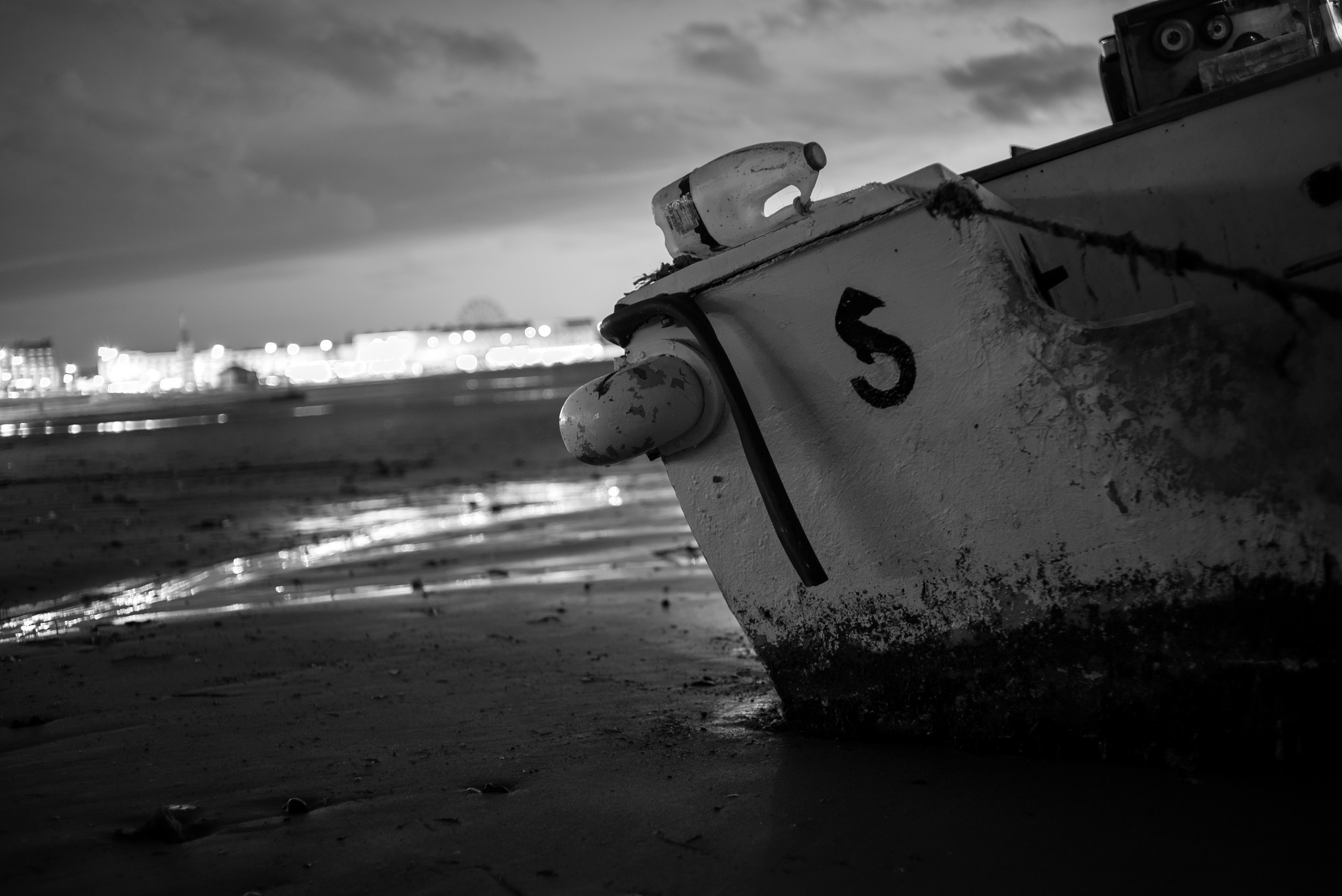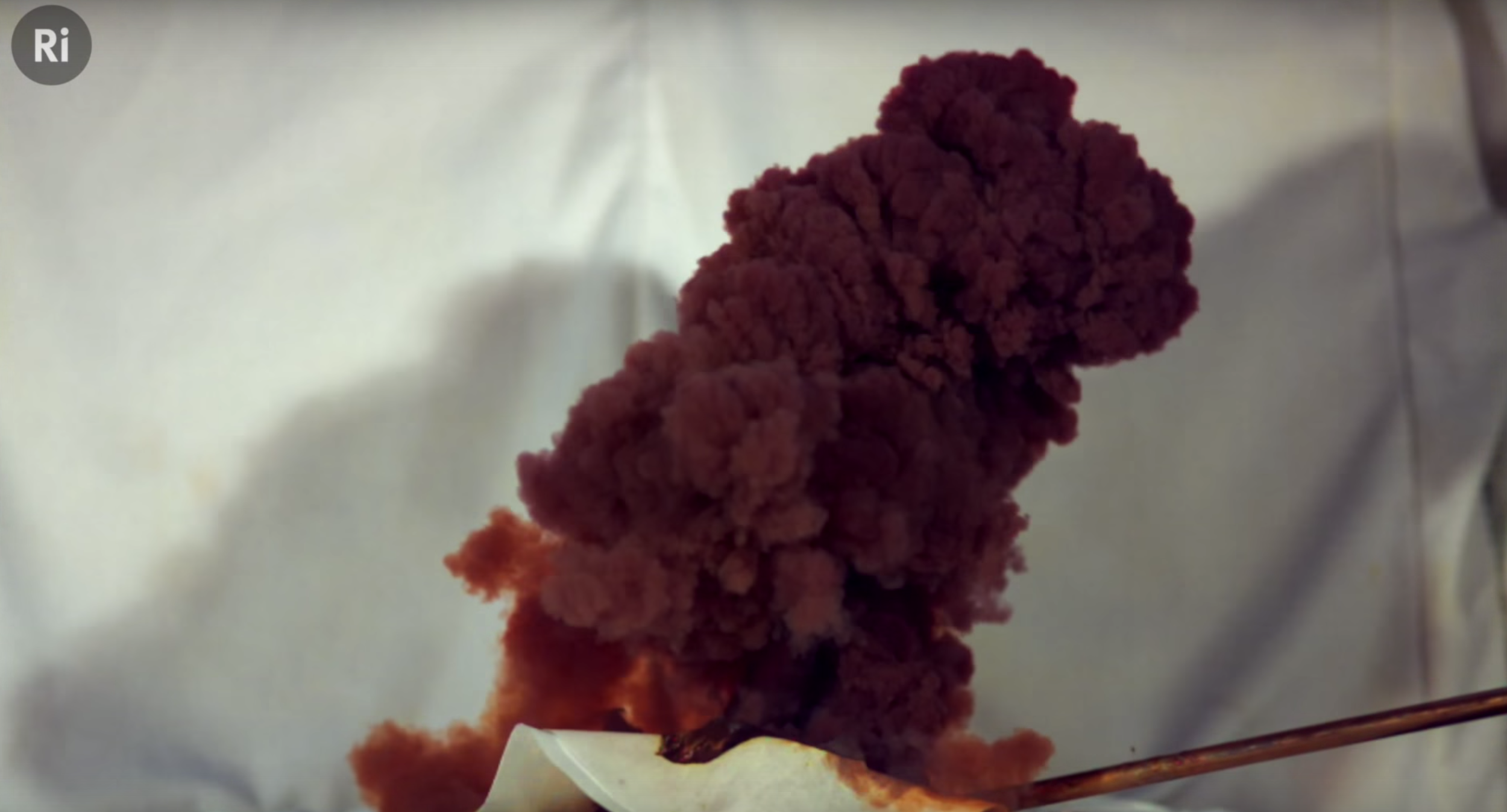A new series I'm producing takes you up-close, behind the scenes and between the lines at the Hayward Gallery.
The first instalment features Ralph Rugoff, director of the Hayward, taking a closer look at some of Andreas Gursky's iconic images.
A new series I'm producing takes you up-close, behind the scenes and between the lines at the Hayward Gallery.
The first instalment features Ralph Rugoff, director of the Hayward, taking a closer look at some of Andreas Gursky's iconic images.
This film I produced and narrated for Nature tells the story of how a bloody beginning gave rise to the life-saving medication, warfarin. This anticoagulant is one of the worlds most widely prescribed drugs and its history is littered with the bodies of sick cows and poisoned rats...
I was chuffed that my film Experience Composite was recently chosen to be featured on Aeon - it's a great digital magazine which features essays and films by leading thinkers on science, philosophy, society and the arts.


Two new videos produced recently for the Royal Institution that take you inside the ISIS Neutron and Muon Facility in Oxfordshire. This is a scientific research facility that uses a high-energy proton accelerator to generate neutrons which are then used by visiting scientists to research the structure and properties of materials.
Find out about how they power the facility and an example of the cutting edge research taking place in the videos below!

Here's a short animation I wrote and produced with animator / illustrator Andrew Khosravani. The piece is narrated by Hannah Fry and tells the story of how zero became a number. We were very happy about it getting a "Staff Pick" on Vimeo!
https://vimeo.com/161757232
The scripting for the piece was tricky, it took several weeks to wrap our heads around the subject and then boil a significant amount of history down into around 3 minutes... inevitably details had to be cut and even after recording the voice-over with Hannah we had to make some difficult decisions to make further cuts. All in the name of reducing animation time - which was significant for a piece like this - Andrew did an incredible job!
Oh and the chapter numbers are obviously all in binary.

Astronaut's share their experiences of living in space!
Read More
How a simple invention saved the mining industry from devastating accidents.
Read More
Seaside symmetry
Read More
Interior textures.
Read More
Continuing with the residency in Margate, here's the second short video piece:
https://www.youtube.com/watch?v=IZ4OHpp2tI8
I wanted to provide a different perspective on Margate from yesterday's piece, so as the tide receded I spent time down in the harbour capturing the orange and blue tones of the sunset set amongst the beached boats.
I was drawn to one boat in particular, named Sea Horse, which featured a curious Seahorse shaped 'S' on its stern.
It was a beautifully clear evening, so as the sun set, the sky was awash with intense oranges that slowly gave way to deep, inky blues. In terms of grading, I wanted to preserve these colours so I enhanced the contrast and deepened the blacks, but did little else. When shooting these scenes I shot in a flat profile and exposed to the right so that I could pull down the blacks in post and maintain the deep blues of dusk.
Finally, I decided to add in some sound design to play off the mostly static shots. The sounds of lapping waves, gusts of wind and creaking boats are suggestive of motion and act almost like ghostly echoes of movement.
The piece was shot entirely on my Sony A7s, using two old M42 lenses:

I'm currently in Margate on a week long artist residency (PRAH Foundation) producing work that is responsive to the local area. I'll be focusing on both video and audio outputs and as part of the project I've tasked myself with the grand challenge of producing (and publishing!) something each day...
Here's Tuesday's effort:
https://www.youtube.com/watch?v=sZxrEPbQgUA
On my first day, I spent a couple of hours walking around the waterfront with my camera and was particularly drawn to the dull tones of the Arlington House tower block. This drab, monolithic structure looms, rather oppressively, over the recently refurbished Dreamland fun park below (hoping to pay that a visit later in the week).
The colours from this scene influenced the overall grading of the piece, producing a rather muted colour profile throughout. I really liked the contrast of the blue sheds that emerge half way through, with the glimpse of the ferris wheel in the distance - neither of which can quite break free from the muted, sombre tones of their surroundings.
I shot this on my Sony A7s, which I haven't really had much chance to experiment this year. I also wanted to test out a couple M42 lenses that I'd recently picked up on ebay:

Recent animation that explores how the lifestyles of far-removed cultures can impact the way we think about our own lives
Read More
Slow-motion science!
Read More
Over the last year at the Royal Institution we've published two series of a video project called ExpeRimental which aims to promote the practice of science based activities in the home with children.
Read More
I got a new camera - come look what I done with it!
Read More
Have you ever heard ‘evolution’ dismissed as ‘just a theory’? Is a scientific theory no different to the theory that Elvis is still alive? Jim Al-Khalili puts the record straight.
Read More
Professor Nicholas Humphrey explores the scientific significance and problematic nature of consciousness.
Read More
Chemical crystallographer Judith Howard reflects on the beautiful aesthetics of crystallographic exploration and her career, including time spent with Nobel laureate Dorothy Hodgkin. http://www.youtube.com/watch?v=mmSMt-jU9iE
The end of the video provides links to some of the other videos in the crystallography collection!

X-ray Crystallography - ever heard of it? Perhaps not, but it's arguably one of the most important scientific breakthroughs of the 20th Century. Why? Well, it's an incredibly powerful technique that allows us to look at really small things, like protein molecules or even DNA! Once we know how these molecules are assembled, we can begin to better understand how they work. How does it work? Essentially you take your sample, crystallise it and then fire X-rays at it. You then measure the way in which the crystal scatters or diffracts the X-rays - the resulting 'diffraction pattern' is what you need (and a bit of maths) to work back to the structure of the molecules that make up the crystal. So in theory, as long as you can crystallise your sample - you should be able to work out the molecular structure!
To find out more watch this simple animation we recently published:
https://www.youtube.com/watch?v=uqQlwYv8VQI
The technique was developed over 100 years ago and it has led to some incredibly important discoveries, including the structure of DNA - since it's inception, work relating to Crystallography has been awarded 28 Nobel prizes. To mark the continuing success of Crystallography - we received funding from the STFC to produce a series of films that helped explain and celebrate this technique.
The above animation was scripted in house and animated by the awesome 12foot6 - it also features the voice of Stephen Curry, a structural biologist based at Imperial College London.
I produced and directed this two-part series, working with Elspeth Garman of Oxford University and Stephen Curry. The two pieces aim to explain how the technique works and what's needed to grow your crystals and subject them to X-ray analysis. The films take us from a microbiology lab at the University of Oxford to the Diamond Light Source, a huge facility that hosts a particle accelerator designed to generate incredibly powerful beams of X-rays.
As always, the hardest part in producing these pieces was in deconstructing the explanation of what is a very complicated process... hopefully we pulled it off - see for yourself below!
Part 1 - why proteins need to be crystallised and how this is done.
http://youtu.be/gLsC4wlrR2A
Part 2 - what it takes to shine x-rays at your crystals and how we work back from diffraction patterns to determine structures.
https://www.youtube.com/watch?v=WJKvDUo3KRk
Producer Thom Hoffman also worked on this project - he produced two pieces, one exploring the history of farther and son team who helped develop the technique
https://www.youtube.com/watch?v=z-ZnLtFgGwY
and the other looking at the application of this technique on the recent Curiosity Mars rover.
https://www.youtube.com/watch?v=lr_PDXyNu1E

Capturing exploding baubles with a high-speed camera
Read More